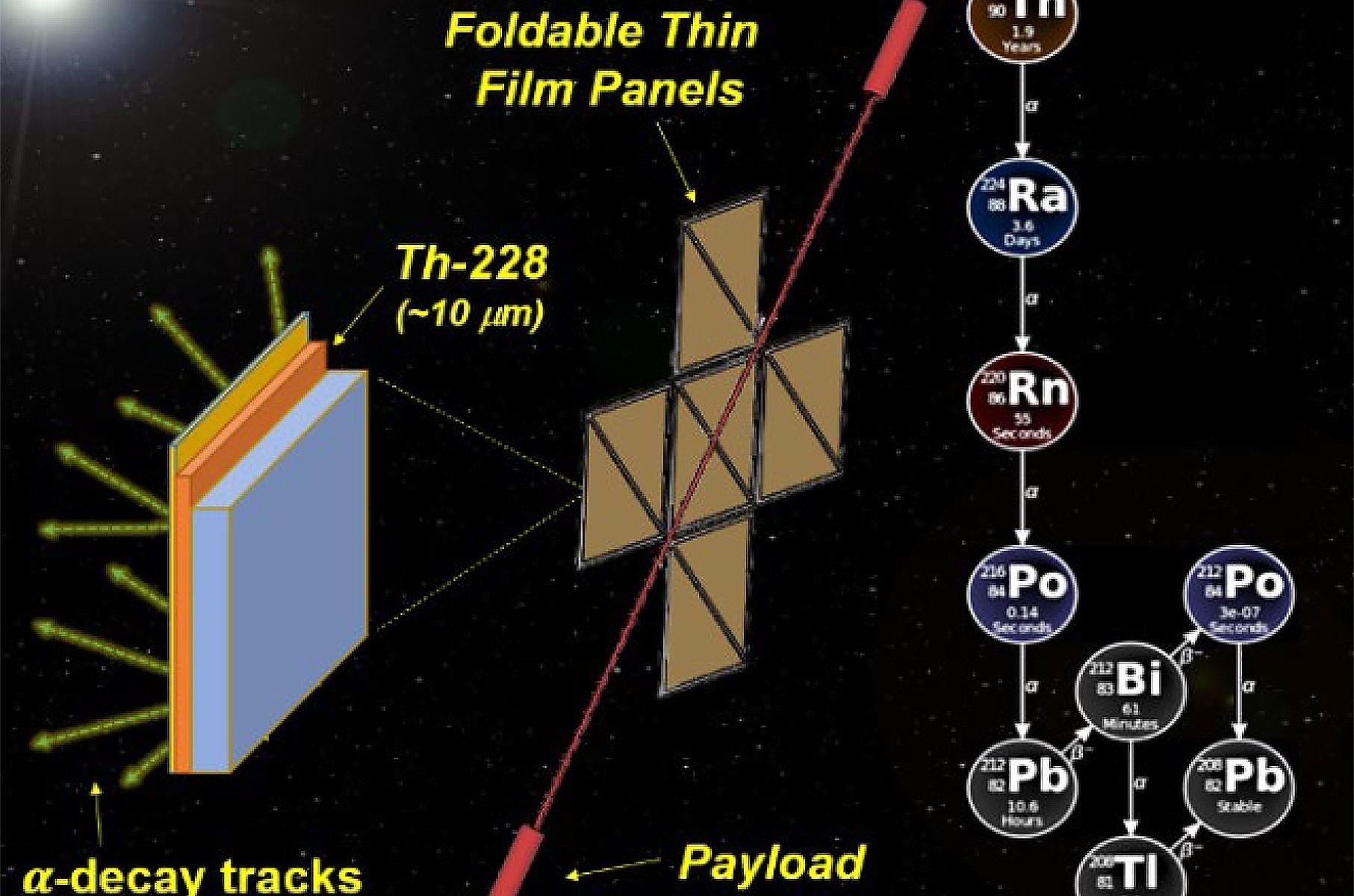The Breakthrough Starshot program aims to cross the immense distances to the nearest star in just decades. Using a high-powered laser to propel a reflective sail technology to relativistic speeds is their mission. The selection of sail material is key to its success as it must be lightweight while being able to withstand acceleration and radiation from the laser. A recent study explores various materials and proposes that core-shell structures—spherical particles composed of two different materials—could be a promising solution.
Continue reading “What Should Light Sails Be Made Out Of?”NASA Invests in New Nuclear Rocket Concept for the Future of Space Exploration and Astrophysics
In the coming years, NASA plans to send several astrobiology missions to Venus and Mars to search for evidence of extraterrestrial life. These will occur alongside crewed missions to the Moon (for the first time since the Apollo Era) and the first crewed missions to Mars. Beyond the inner Solar System, there are ambitious plans to send robotic missions to Europa, Titan, and other “Ocean Worlds” that could host exotic life. To accomplish these objectives, NASA is investing in some interesting new technologies through the NASA Innovative Advanced Concepts (NIAC) program.
This year’s selection includes solar-powered aircraft, bioreactors, lightsails, hibernation technology, astrobiology experiments, and nuclear propulsion technology. This includes a concept for a Thin Film Isotope Nuclear Engine Rocket (TFINER), a proposal by senior technical staff member James Bickford and his colleagues at the Charles Stark Draper Laboratory – a Massachusetts-based independent technology developer. This proposal relies on the decay of radioactive isotopes to generate propulsion and was recently selected by the NIAC for Phase I development.
Continue reading “NASA Invests in New Nuclear Rocket Concept for the Future of Space Exploration and Astrophysics”Photonic Crystals Could Be Exactly What Breakthrough Starshot is Looking For

Light sail technology is a fascinating concept and a step change in rocket propulsion. It may not be big and impressive like the Saturn V, the Space Shuttle or the new Starship rocket but when it comes to travelling among the stars, light sails could just be the answer. And what better material to build the sails from then something that just makes me want to say it over and over again….I talk about photonics crystals. It’s sounds right out of a Star Trek episode but a new paper examines their feasibility.
Continue reading “Photonic Crystals Could Be Exactly What Breakthrough Starshot is Looking For”Europa and Enceladus are the Perfect Targets for a Lightsail Mission

There’s always a need for new technologies or for novel uses of existing technologies to lower the cost of space exploration and extend our reach. Lightsails are a novel type of spacecraft that could eventually be our first visitors to nearby stars like the Alpha Centauri system. But they could be put to productive use right here in our Solar System.
Continue reading “Europa and Enceladus are the Perfect Targets for a Lightsail Mission”

